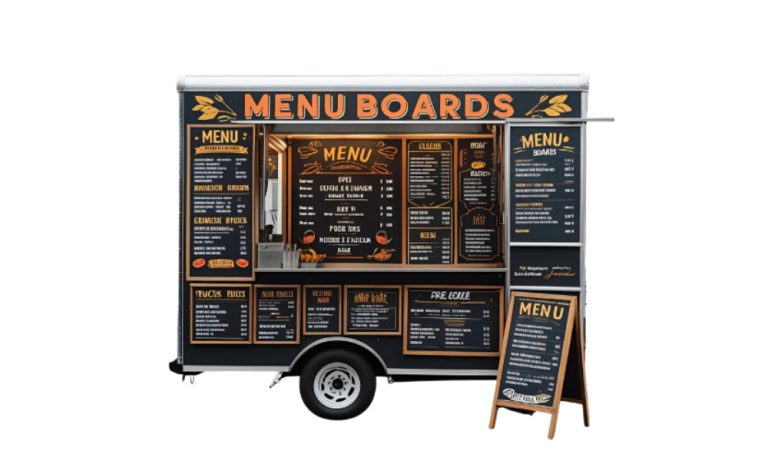What’s in a name? For a brand, it counts for a lot.
At its core, branding is about building relationships. And it can be hard to do that when prospective customers cannot trust your brand.
A poorly chosen brand name makes it difficult for a target audience to trust a brand. Intentional or not, a bad brand name evokes a perception of carelessness and the lack of professionalism. Sadly, this perception can extend to a brand’s products or services.
Before you begin
By no means is brand naming an easy process. Just ask seasoned veterans from a branding company. But if you take the time and effort, you will be rewarded over the short and long term.
But before you can begin the actual process of naming your brand, there are a few essential things that you need to undertake.
1. Define your objectives
Whether you are working with an internal team or bringing a few specialists, it is a good idea to draft a short brief.
This brief should include two critical things: the objectives for the name, and the identity that you want to create for your brand.
2. Know your brand
Even before coming up with a brand name, you might have some idea of what you want your brand to represent.
This can encompass your brand’s vision, mission, and values. Over the long term, these are the principles that will guide your brand, not just in the naming process.
3. Come up with user personas
Another vital tool that you will need in the naming process is user personas.
A trusted branding company in Dubai says that before coming up with a brand name, you should create user personas first. With user personas, it will become easier for you to choose a name that resonates with your intended market.
Naming your brand
The brand naming process does not happen in a day. Think of the most memorable and most-loved brands in today’s markets. Most likely, the companies behind these spent months searching for the perfect name.
In order to make the process easier for you and your team, here are a few guidelines you should follow.
1. Brainstorm
Before creating a list of potential brand names to choose from, it is a good idea to define what the right name is. Later on, when you have narrowed down your list, the people assigned to choose the final brand name will have an easier time knowing that they have a selection criteria to use as basis.
You can start by listing a few adjectives which you think that your brand should encapsulate. From there, you can write down the feelings that you want your products or services to evoke. Finally, you can take into account the words you want people to think of when hearing about your company.
During the brainstorming process, it is critical to remember that you won’t come up with the final name immediately. Here, your goal is to get as many ideas as you possibly can.
2. Refine
Once you have compiled a list of potential brand names, the next step that you need to undertake is to whittle down that list.
One way to do that is to look at your industry peers and the names they have. This will give you a pulse of the market as well as what works and sticks. From there, you can either follow suit or take a different track.
You may also want to assign numerical values to each criterion that you use for evaluating each name. For the criteria, you can start with how each name sounds and looks on a screen and paper, the meanings behind each word, brand personality fit, and emotions evoked.
3. Test
Think you have found a winner? Before settling for a final name for your brand, you should subject the finalists to rigorous testing. This will help ensure that you avoid potential problems later on.
One of the first things to look for is how easy it is to memorize the name you are eyeing to use. While there is no objective way to test that, you should look at the name’s length and ease of spelling and pronunciation.
Quite simply, if your customers can’t spell or pronounce your name correctly, the likelihood of them remembering your name dwindles.
If you are planning on entering foreign markets, make sure to check how a name translates. The last thing that you want is to enter an overseas market using a name that is embarrassing or offensive. Fortunately, there are a few tools that you can use for research and translation.
One of the last things that you would want after choosing a brand name is encounter issues related to trademarks. As such, it is vital to look into trademarks as early as possible to avoid selecting a name that has been trademarked by another entity.
Finally, check if you can get a domain name that matches your brand name. In a world that has become tethered to the Internet, you would want your customers to find your website easily.
Beyond logos and calling cards
Finding the right brand name is critical for targeting the right customers.
Think of your brand name as a means to create the right first impression with your target customers. A good brand name catches the attention of consumers, sparking their interest and prompting them to learn more about your offerings. Your brand name can also help you differentiate your brand from the competition. This is an invaluable advantage, especially if you are trying to compete in a congested market.
With these in mind, it is crucial to understand that the naming process shouldn’t be rushed or taken lightly. Take as much time and resources needed during the process, and do not settle for the first name that pops up in your head.
It is also beneficial to bring in experts who can guide you through the process and avoid potential pitfalls that can set you back, not just in the naming process, but also later on when you have settled upon a brand name and need to set brand guidelines.
AUTHOR BIO
Stuart Harris is the Creative Director at Yellow, a Dubai branding agency, digital partner and advertising company working with progressive businesses to build bold, meaningful brands.

















